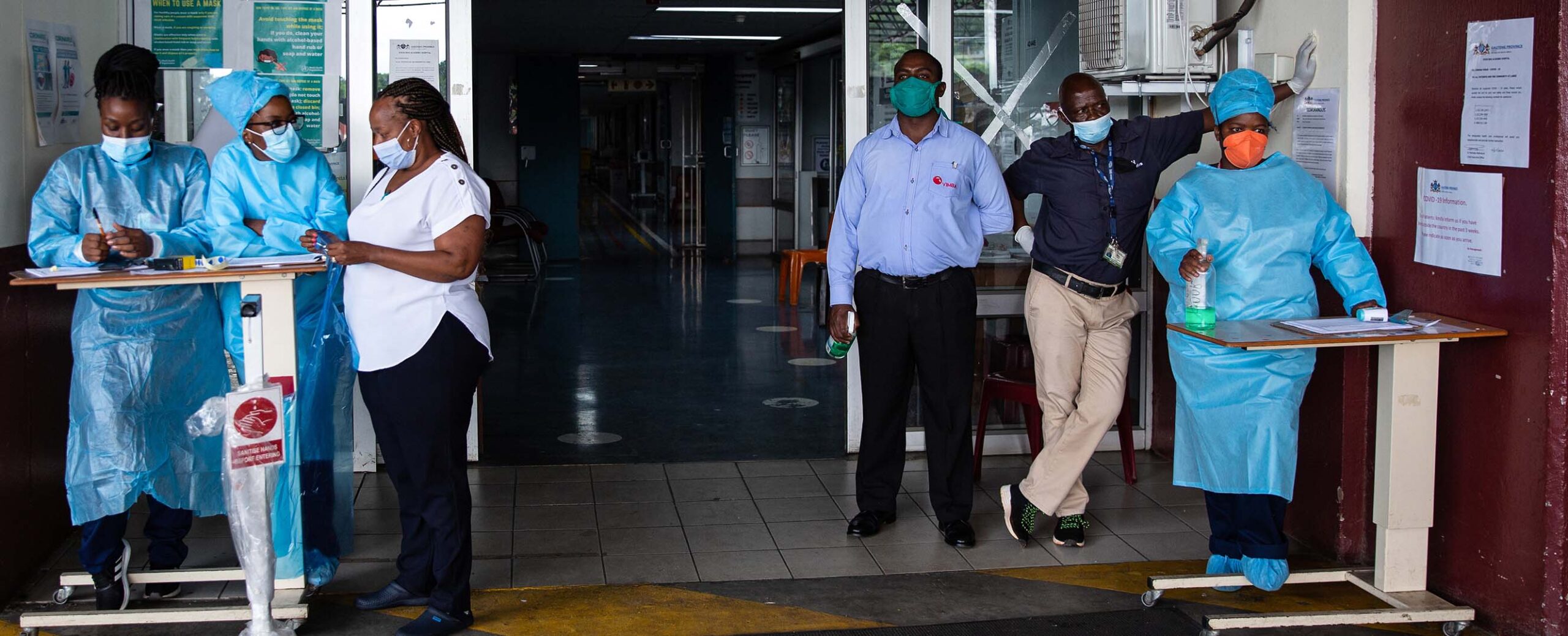
In the heart of Africa, a journey was unfolding that connected the lives of many and demonstrated the intricate link between sustainable development and public health. From the bustling streets of Lagos in Nigeria to the serene villages of Kenya’s Rift Valley, the tale of sustainable development intertwined with public health became evident through the experiences of individuals dedicated to improving their communities.
Lagos, Nigeria: The Urban Challenge
In the megacity of Lagos, a young urban planner named Chidi was determined to tackle the city’s environmental issues. Lagos, with its rapid urbanization, faced numerous challenges, including inadequate waste management, pollution, and insufficient access to clean water. Chidi believed that addressing these issues through sustainable development could significantly improve public health.
Chidi’s first project was to develop a comprehensive waste management system. The city had long struggled with waste disposal, leading to widespread pollution and the spread of diseases such as cholera and malaria. By implementing a recycling program and establishing proper waste disposal sites, Chidi aimed to reduce pollution and create a cleaner environment.
Chidi worked closely with local health officials, including Dr. Amara, a passionate public health advocate. Dr. Amara explained how the improper disposal of waste led to contaminated water sources, which in turn caused waterborne diseases. By collaborating, Chidi and Dr. Amara demonstrated how sustainable development initiatives, such as proper waste management, directly impacted public health by reducing the incidence of disease and promoting a healthier environment.
Rift Valley, Kenya: The Agricultural Connection
In the lush Rift Valley of Kenya, an agriculturalist named Wanjiku was pioneering sustainable farming practices. The region’s fertile soil had long supported agriculture, but unsustainable farming methods had depleted the land, leading to food insecurity and malnutrition. Wanjiku knew that sustainable development in agriculture was key to improving the community’s health.
Wanjiku introduced crop rotation, organic farming, and water conservation techniques to local farmers. These practices not only increased crop yields but also ensured that the soil remained fertile for future generations. With healthier crops, the community’s diet improved, reducing the prevalence of malnutrition, especially among children.
One of Wanjiku’s collaborators was Mwangi, a local health worker. Mwangi saw firsthand the impact of malnutrition on children’s growth and development. He realized that Wanjiku’s sustainable farming methods were not just about agriculture but also about public health. By providing a reliable source of nutritious food, they were combating malnutrition and its associated health problems, such as stunted growth and weakened immune systems.
Addis Ababa, Ethiopia: The Clean Energy Solution
In Addis Ababa, the capital of Ethiopia, a renewable energy expert named Ayele was focused on bringing clean energy to the city’s rapidly growing population. Traditional energy sources, such as coal and wood, contributed to air pollution and respiratory diseases. Ayele believed that transitioning to renewable energy was crucial for both sustainable development and public health.
Ayele’s project involved the installation of solar panels and wind turbines in various parts of the city. These renewable energy sources not only reduced the city’s carbon footprint but also provided a cleaner and healthier environment. Ayele collaborated with local health officials, including Nurse Hana, who worked in one of the city’s hospitals.
Nurse Hana had witnessed the rise in respiratory illnesses among the population, especially children and the elderly. She understood that the air pollution from traditional energy sources was a major contributing factor. By working with Ayele, Nurse Hana saw a significant improvement in air quality, leading to a decrease in respiratory diseases. The connection between clean energy and public health became clear as the city’s residents experienced better overall health and a higher quality of life.
Cape Town, South Africa: The Water Conservation Effort
In Cape Town, South Africa, an environmental scientist named Sipho was dedicated to addressing the city’s water crisis. The region had faced severe droughts, leading to water scarcity and a host of related public health issues. Sipho believed that sustainable water management was essential for the city’s future.
Sipho’s initiatives included rainwater harvesting, water recycling, and the restoration of natural water bodies. These efforts aimed to ensure a sustainable water supply for the city. Sipho worked closely with Thandi, a public health specialist who had been studying the health impacts of water scarcity.
Thandi’s research showed that water scarcity led to poor sanitation and hygiene, increasing the spread of diseases such as diarrhea and cholera. By implementing sustainable water management practices, Sipho and Thandi were able to improve access to clean water, enhancing public health outcomes. The reduction in waterborne diseases and improved sanitation practices underscored the vital link between sustainable water management and public health.
Dakar, Senegal: The Education and Awareness Campaign
In Dakar, Senegal, a community organizer named Fatou was leading an education and awareness campaign on the importance of sustainable development for public health. Fatou believed that educating the community was key to fostering sustainable practices and improving health outcomes.
Fatou organized workshops and community meetings to discuss topics such as waste management, clean energy, and sustainable agriculture. She collaborated with health professionals like Dr. Saliou, who provided insights into how these sustainable practices could lead to better health.
Dr. Saliou shared stories of how reducing waste and pollution had led to fewer cases of asthma and other respiratory illnesses in children. He emphasized that a healthy environment was crucial for overall well-being. Through Fatou’s efforts, the community began to understand the importance of sustainable development and its direct impact on their health.
Conclusion
Across Africa, from the urban centers of Lagos and Addis Ababa to the rural landscapes of the Rift Valley and the coastal city of Cape Town, the relationship between sustainable development and public health became evident. The stories of Chidi, Wanjiku, Ayele, Sipho, and Fatou highlighted how sustainable practices in waste management, agriculture, energy, water conservation, and education could lead to significant improvements in public health.
These individuals, along with their collaborators, demonstrated that sustainable development was not just about preserving the environment but also about creating healthier communities. By addressing the root causes of environmental degradation and promoting sustainable practices, they were able to enhance public health outcomes, proving that the well-being of people and the planet are inextricably linked.








